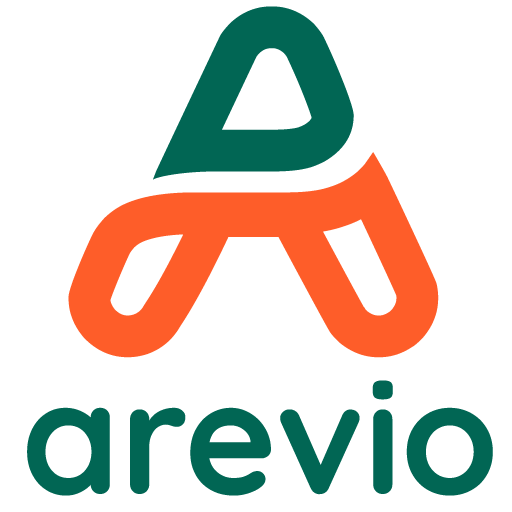We help you in XBRL implementations
With over three decades of extensive expertise in managing structured content, including XBRL, Acsone is your trusted partner for seamless XBRL implementations.
At Acsone, we believe in the power of a service that combines attentive listening, broad expertise, and practical solutions. Should you be new to XBRL or a seasoned professional, we are here to help you leverage our extensive experience while aligning with your unique goals and resources.
Our comprehensive service offering can be divided into three core areas:
- Training: Understand the intricate logic that underpins XBRL standards. Acquire the necessary
knowledge to navigate XBRL taxonomies and overcome constraints confidently. - Consulting: Tap into our deep knowledge of the predominant XBRL standards, used not only in
Europe but worldwide. Benefit from our guidance to make informed, cost-efficient decisions. - Project Management: Let Acsone’s seasoned experts assist in all aspects of your XBRL project.
Our years of experience are at your disposal to ensure a seamless journey.
We are eager to collaborate with you and embark on this transformative XBRL journey together. Acsone is your partner of choice for unlocking the full potential of XBRL in your organization.
Let’s explore how we can collaborate. Book your personalized demo now.
